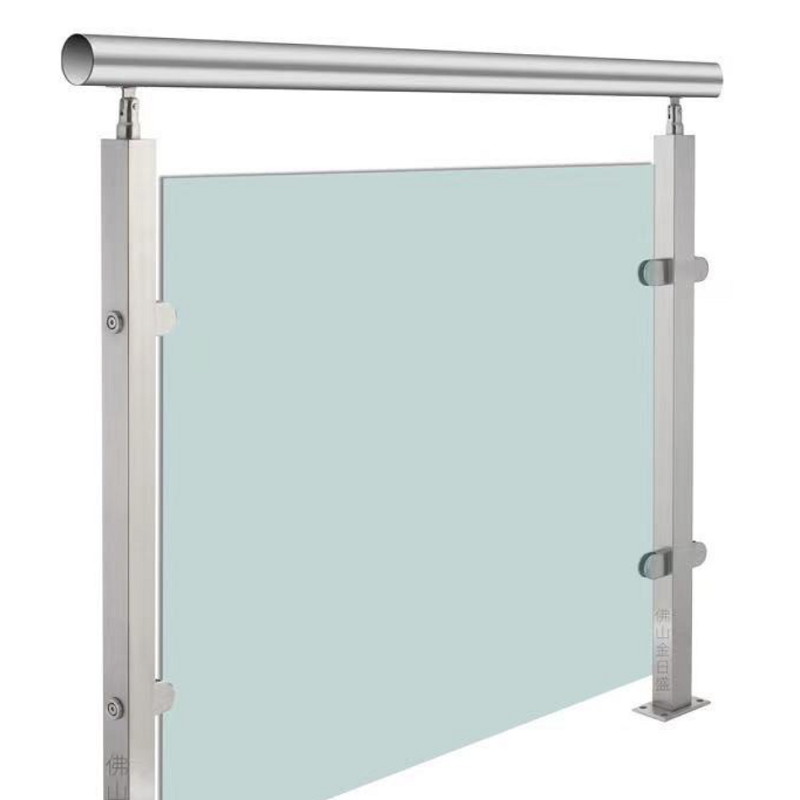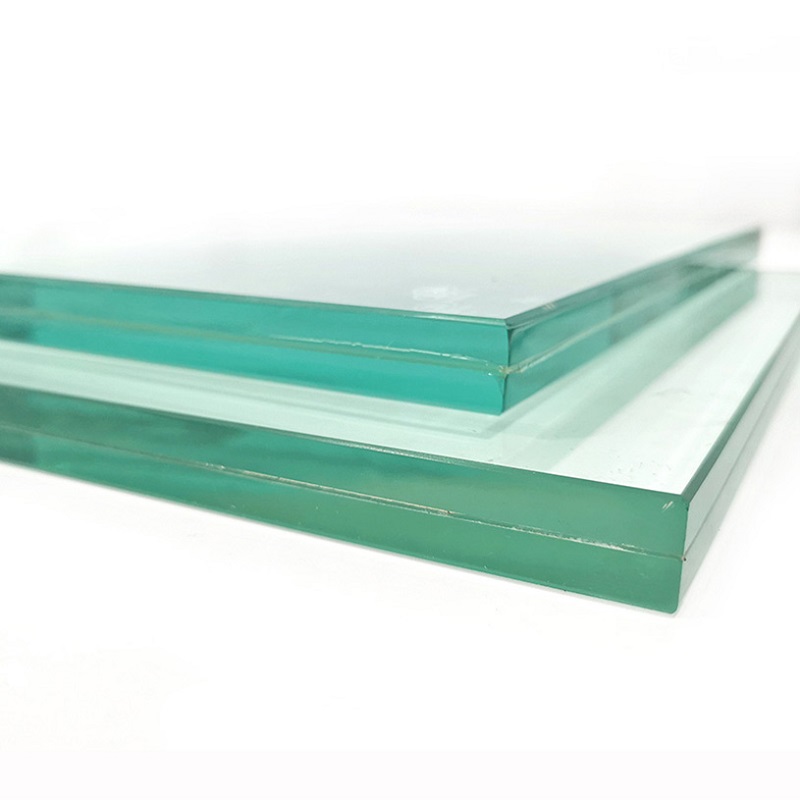8 Truths About Tempered Glass | 90% of People Don't Know How to Choose!
When we talk about home safety, car windows, or mobile phone screen protection, tempered glass always comes up frequently. It is known as "safety glass", but do you really understand it? When making a purchase, do you feel confused and don't know where to start? Today, we will uncover eight truths about tempered glass to help you make an informed decision.
Truth 1: Tempering Process – The Mystery Behind Extraordinary Strength
The Tempering Process is the core difference between tempered glass and ordinary glass. This process involves placing ordinary glass into a high-temperature heating furnace reaching 650-700°C, bringing it to its softening point, followed by rapid, uniform cooling.
This heat treatment process creates powerful compressive stress on the surface of the glass and tensile stress inside. It is precisely this stress structure that gives tempered glass its remarkable strength. After physical strengthening, the bending resistance and impact resistance of tempered glass can be 3-5 times that of ordinary glass.
Imagine, a small piece of fully tempered glass can withstand about 10,000 kPa of pressure, meaning it can resist most accidental impacts in daily use. This is why tempered glass is widely used in places with high safety requirements, such as high-rise curtain walls, shower enclosures, and furniture tops.
Truth 2: Safety Characteristics – The Promise of Breaking Without Injuring
The most notable feature of tempered glass is its safety characteristics. When broken by extreme external impact, it does not form sharp, jagged shards like ordinary glass but instead shatters into countless small granules, minimizing harm to the human body.
This special breakage pattern stems from the internal stress balance formed during the tempering process. Once the surface is compromised, the stress releases rapidly, causing the glass to break down into honeycomb-like blunt-angled granules. According to national standards, qualified tempered glass should have over 40 fragments in a 50x50mm area; for most high-quality tempered glass, this number can even exceed 100.
Because of this, tempered glass is also called "safety glass" and is particularly suitable for home environments with children and the elderly, as well as public places with high foot traffic.
Truth 3: Thermal Stability – Coping Calmly with Temperature Changes
Compared to ordinary glass, tempered glass has excellent thermal stability, capable of withstanding temperature differences as high as 250-300°C, which is 3 times more than ordinary glass.
This characteristic makes tempered glass an ideal choice for kitchenware and bathroom partitions. Imagine, in severe winter, where the temperature difference between indoors and outdoors is extreme, ordinary glass might break due to thermal expansion and contraction, while tempered glass remains stable. Similarly, in kitchen environments, where temperatures around the stove change drastically, tempered glass products can easily handle such conditions.
It is worth mentioning that thermal stability not only makes tempered glass more durable but also further expands its application fields, including oven doors, fireplace viewing windows, and other high-temperature environments.
Truth 4: Non-Reusability – The Material Property of Being Set Once Formed
This is a key point overlooked by most people: Tempered glass cannot be reworked. This means that once the glass has undergone the tempering process, secondary processing such as cutting, drilling, or edge grinding becomes impossible.
All necessary processing steps, including size cutting, edge polishing, and hole drilling, must be completed before the tempering treatment. This is because any attempt to process already tempered glass will destroy its surface compressive stress layer, causing the entire piece of glass to shatter instantly.
This characteristic requires that when ordering tempered glass, one must accurately measure and confirm all dimensions and opening positions; otherwise, it can only be remade, resulting in loss of time and money. This is also why professional installers repeatedly confirm measurements.
Truth 5: Spontaneous Breakage – Natural Flaws in Perfection
Even high-quality tempered glass has an extremely low spontaneous breakage rate (approximately three per thousand). Spontaneous breakage refers to the phenomenon where tempered glass suddenly breaks without any apparent external force.
One of the main causes of spontaneous breakage is the presence of nickel sulfide impurities inside the glass. These tiny impurities undergo a phase transformation during the tempering process, expanding in volume, thereby disrupting the internal stress balance of the glass and leading to spontaneous breakage.
Thankfully, with advancements in glass manufacturing technology, especially the application of homogenization treatment technology (heating the glass to about 290°C and maintaining the temperature for several hours, prompting potentially unstable glass to break prematurely), the risk of spontaneous breakage has been significantly reduced. When purchasing, you can ask the supplier if homogenization treatment has been performed to ensure product reliability.
Truth 6: Strength vs. Hardness – Two Easily Confused Concepts
Many people mistakenly believe that tempered glass is "indestructible." Actually, it's essential to distinguish between the two concepts of strength and hardness. Tempered glass does have high strength, enabling it to withstand significant bending stress and impact force, but its surface hardness is almost the same as ordinary glass.
This means that although tempered glass is difficult to break by impact, it can still be easily scratched by sharp objects. Hard materials like diamonds and tungsten steel can leave scratches on the surface of tempered glass. Simultaneously, the edges of the glass are relatively fragile and can break easily if struck by hard objects.
Understanding this difference is crucial for the correct use and maintenance of tempered glass. When cleaning, use soft cloths and specialized cleaners, avoiding hard scraping tools to prevent surface damage.





